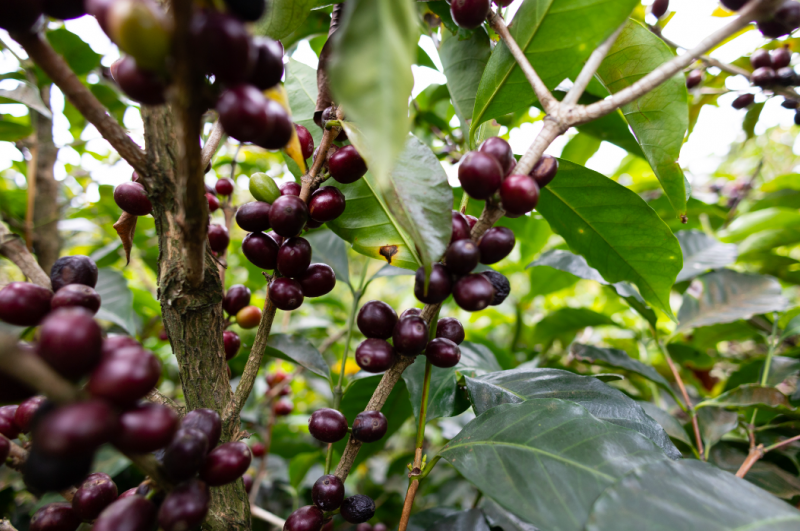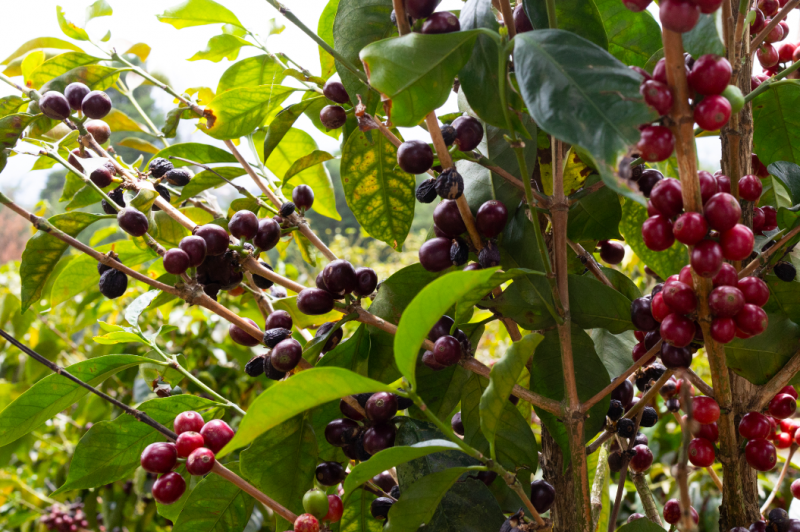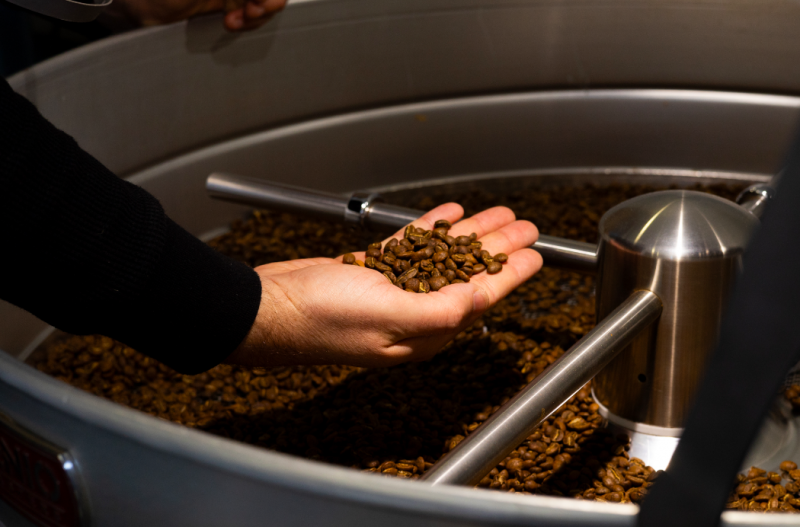Research and Words by Katie Burnett

There are two main coffee species that you might be aware of: Arabica and Robusta (there are other species such as libérica or Abeokutae, but their volumes are insignificant compared to the arabica and robusta species). Arabica coffee is sweeter, more balanced and generally known to have more attractive flavour profiles than its inherently bitter counterpart, Robusta.
Bourbon is one of the 3 main sub-species of Arabica, the others are heirloom and typica. Bourbon is one of the most popular for its high quality potential.
Seeds were initially brought to Yemen from Ethiopia, which is the birthplace of coffee. French missionaries introduced bourbon from Yemen to the Reunion Islands (formerly the Bourbon Islands), where it underwent a mutation to become the Bourbon sub-species we know today. At the time, the island was a colony of the Bourbon Dynasty and the crop was named in honour of the reigning dynasty. Since then, this coffee has spread to many countries around the world and has mutated further into a great number of different varietals and cultivars.
The bourbon sub-species is known to be sweet and balanced in the cup. It has exceptional potential for high-quality, interesting and balanced results. It has become a favourite of many producers and roasters. The bourbon coffees we share today are categorized further by colour. Red, yellow and pink bourbon, after the colours of the cherries when the crop reaches peak ripeness. Red bourbon is the most common of these three.
Bourbon has been further mutated into many different varietals. To name a few: SL 28, SL 34, Acaia, Caturra, Moka, Villa Sarchi (Costa Rica) and Pacas (El Salvador) are all sub-sub-species of bourbon. These various varietals have either been created by natural mutation (varietals) or human-imposed mutation (cultivars). In a human-imposed mutation, the bourbon seeds/genetic material would be modified in a laboratory, by process of select breeding or grafting plants and intentional cross-pollination. From these various processes, new cultivars will be born with exaggerated versions of the desirable bourbon characteristics or reduced versions of undesirable characteristics.

For example, the SL28 is a cultivar that was genetically modified in Kenya to reduce the natural disease-susceptibility and drought-sensitive characteristics of the bourbon species. The cultivar has now spread all over Africa and Central America where it is being produced successfully. The SL28 has become renowned for its exceptionally bold and complex flavour profile which is being developed even further outside of Kenya.
The bourbon sub-species is inherently delicate. It is susceptible to disease, sensitive to drought, climate and soil conditions which means it requires care when the plants are growing. It takes attention and care to keep bourbon plants healthy. The results are a medium-yield plant, but with exceptional cup quality. It is for this reason that the bourbon has become the parent-species of so many of the coffee varietals we enjoy today.
It is because of these characteristics that climate change has affected bourbon so heavily recently. As temperature, weather cycles and soil conditions change, yields become completely unpredictable, cherries ripen prematurely or too late and the crops die.
Climate change has affected the production of coffee on a sweeping and devastating scale. Persisting dry, hot conditions in Central and South America have devastated arabica coffee production. Reductions in yields and crop have massively impacted the livelihoods of producers and synchronized crop failures threaten the supply of coffee on a global level.
Various bourbon mutations move towards reduced sensitivity to drought and heat, but current crops are straining against a future of unknown conditions.

https://varieties.worldcoffeeresearch.org/varieties/bourbon
https://espressocoffeeguide.com/all-about-coffee-2/coffee-plants/bourbon-coffee-beans/
https://www.cafescaracas.com/en/blog/sweetness-and-coffee-processing-methods-honey.html
https://clivecoffee.com/blogs/learn/how-climate-change-is-affecting-coffee